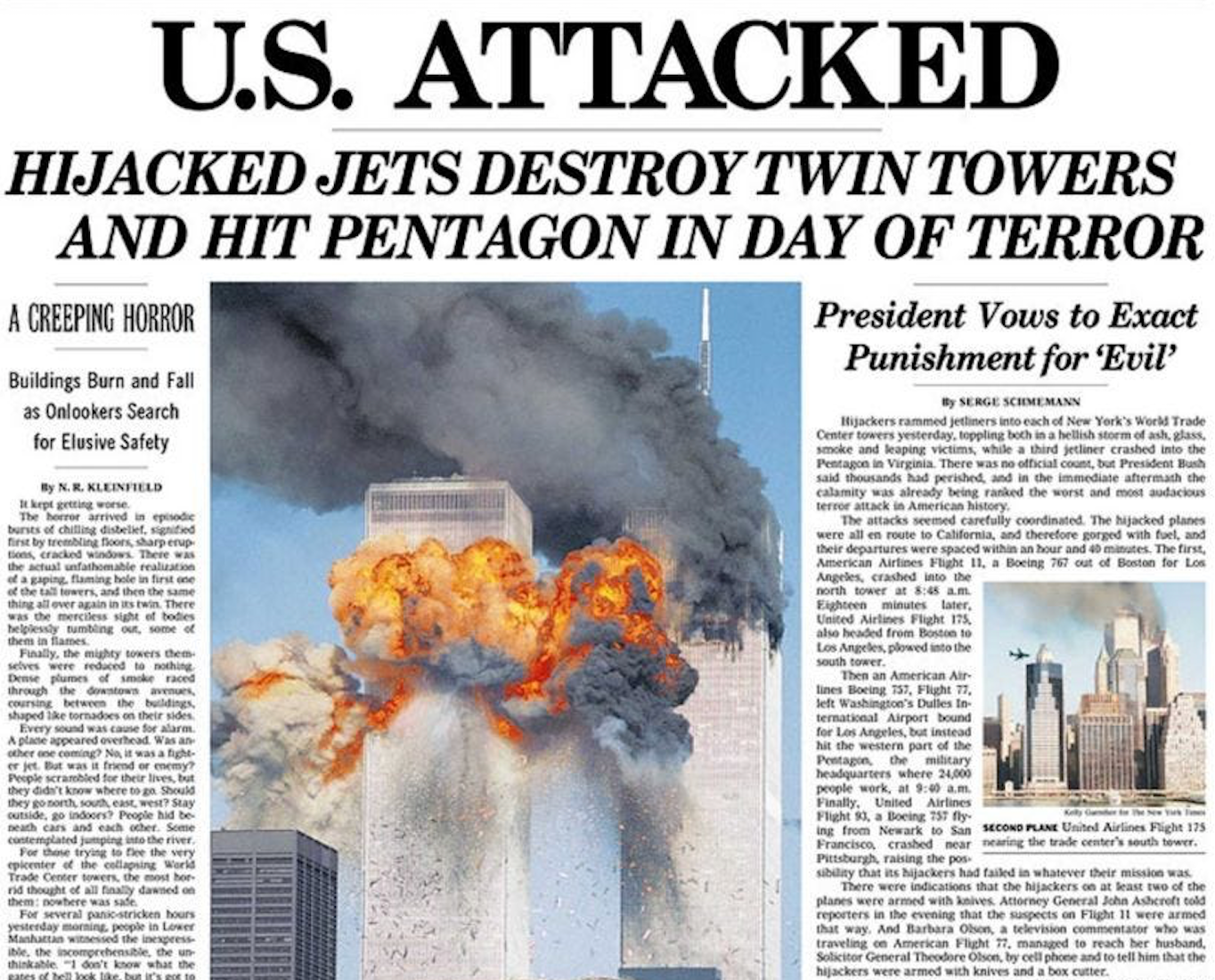The Ultimate Guide To News Articles
The Ultimate Guide To News Articles
Blog Article
The Ultimate Guide To News Articles
Table of Contents5 Simple Techniques For News Articles4 Simple Techniques For News ArticlesRumored Buzz on News ArticlesThe Best Guide To News ArticlesThe Of News Articles
Good knowledge of different topics gives trainees an one-upmanship over their peers. Although digital and social networks are readily obtainable, we should not fail to remember how essential it is to check out the newspapers. Moms and dads have to attempt and inculcate the routine of checking out a newspaper as a day-to-day regimen to proceed the heritage of the adored print medium.Information tales also contain at the very least one of the following important qualities family member to the desired audience: closeness, importance, timeliness, human interest, strangeness, or consequence.
Within these limits, news tales likewise intend to be thorough. Amongst the larger and a lot more revered newspapers, justness and equilibrium is a major variable in providing details.
Papers with a worldwide audience, for instance, tend to make use of an extra formal design of writing. The specific choices made by a news electrical outlet's editor or content board are frequently collected in a style overview; typical style guides consist of the and the United States Information Design Book. The primary goals of news writing can be summed up by the ABCs of journalism: precision, brevity, and clearness.
The Definitive Guide to News Articles
As a rule, reporters will not make use of a lengthy word when a short one will do. News writers attempt to prevent utilizing the exact same word more than as soon as in a paragraph (sometimes called an "echo" or "word mirror").
Nonetheless, headings often omit the topic (e.g., "Jumps From Watercraft, Catches in Wheel") or verb (e.g., "Cat lady fortunate"). A subhead (likewise subhed, sub-headline, subheading, caption, deck or dek) can be either a subservient title under the main heading, or the heading of a subsection of the short article. It is a heading that comes before the primary message, or a group of paragraphs of the major text.
of a post subject, source, or interviewee), it is referred to as a drawn quote or pull quote. Extra billboards of any one of these kinds may appear later in the post (specifically on subsequent pages) to tempt more reading. Journalistic websites occasionally utilize computer animation strategies to swap one billboard for another (e.g.
The Buzz on News Articles
Such signboards are likewise utilized as guidelines to the write-up in various other sections of the magazine or site, or as ads for the item in various other magazine or websites. News release of the Swiss government. Typical structure with title, lead paragraph (summary in bold), other paragraphs (details) and get in touch with information.

Instance of a hard-lead paragraph NASA is proposing another room task. The budget plan demands roughly $10 billion for the job.
The NASA announcement came as the firm requested $10 billion of appropriations for the task. An "off-lead" is the second crucial front page information of the day. The off-lead appears either in the top left edge, or directly below the lead on the right. To "bury the lead" is to start the post with background details or details of second relevance to the visitors, forcing them to check out even more deeply right into a write-up than they need to need to in order to discover the essential points.
Unknown Facts About News Articles
Common use is that a person or two sentences each develop their own paragraph. Journalists typically explain the company or framework of a news tale as an upside down pyramid. The necessary and most fascinating aspects of a tale are placed at the beginning, with supporting information adhering to in order of lessening look at this site value.
It permits people to explore a subject to just the depth that their interest takes them, and without the charge of information or subtleties that they can consider irrelevant, but still making that details offered to a lot more interested viewers. The upside down pyramid structure additionally makes it possible for short articles to be cut to any approximate size during format, to fit in the room readily available.
Some writers begin their tales with the "1-2-3 lead", yet there are lots of kinds of lead offered. A twist can refer to numerous points: The last tale in the news program; a "happy" tale to end the show.
Longer articles, such as publication cover short articles and the pieces that lead the within sections of a newspaper, are known as. Feature tales differ from straight news in several ways. Foremost is the absence of a straight-news lead, a lot of the moment. Rather of offering the significance of a story in advance, feature authors might attempt to draw visitors in.
Facts About News Articles Uncovered
The reporter typically details interactions with interview subjects, making the piece much more personal. A feature's initial paragraphs often connect an interesting moment or event, as in an "anecdotal lead". From the details of an individual or episode, its sight rapidly widens to generalizations concerning the story's subject. The area that signals what a function has to do with is called the or signboard.

The Editor's Tool kit: A Referral Overview for Beginners and Professionals (2001) Allan M. Siegal and William G. Connolly. The New York City Times Handbook of Style and Use: The Official Design Guide Utilized by the Writers and Editors of the World's Most Authoritative Paper (2002) M. L. Stein, Susan Paterno, and R.
Report this page